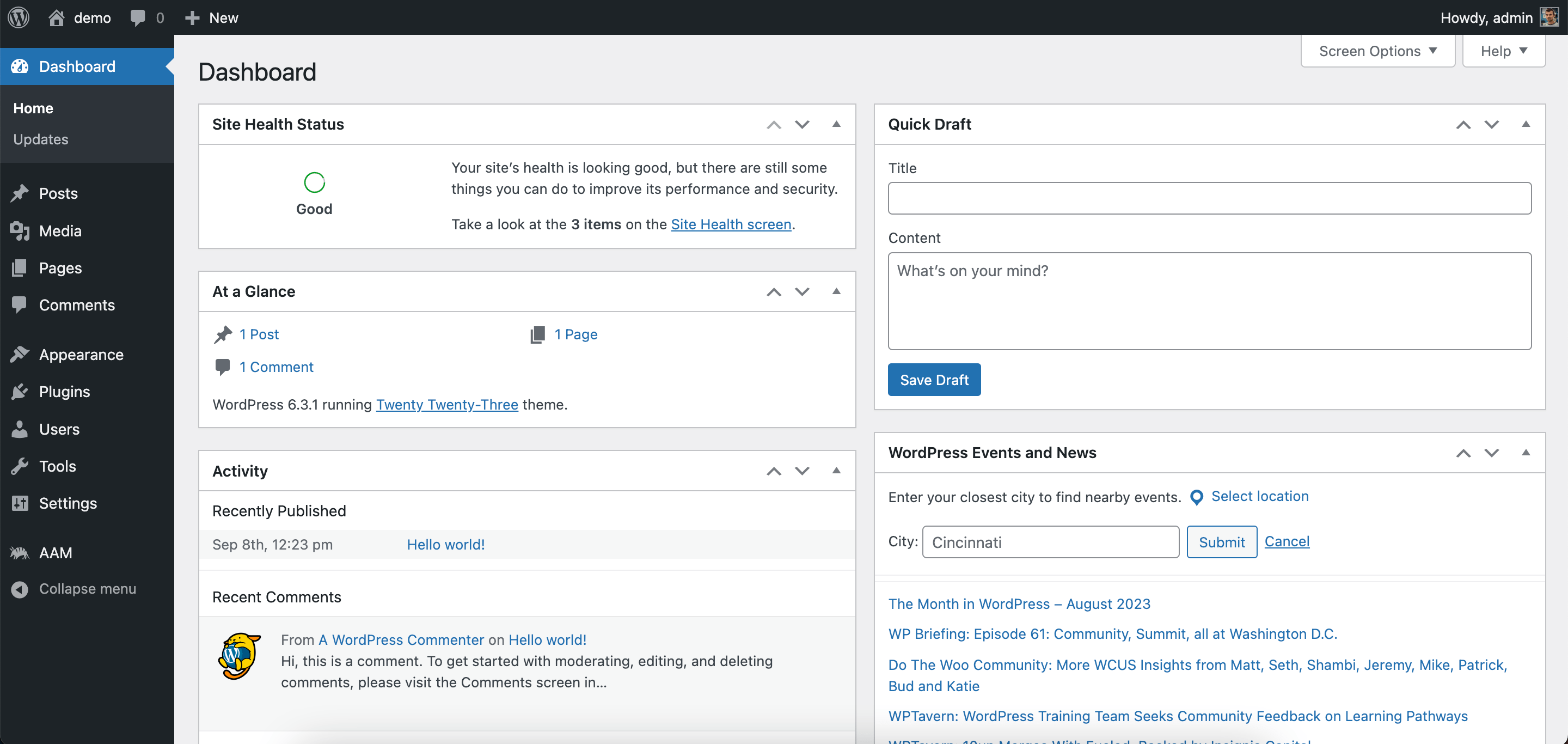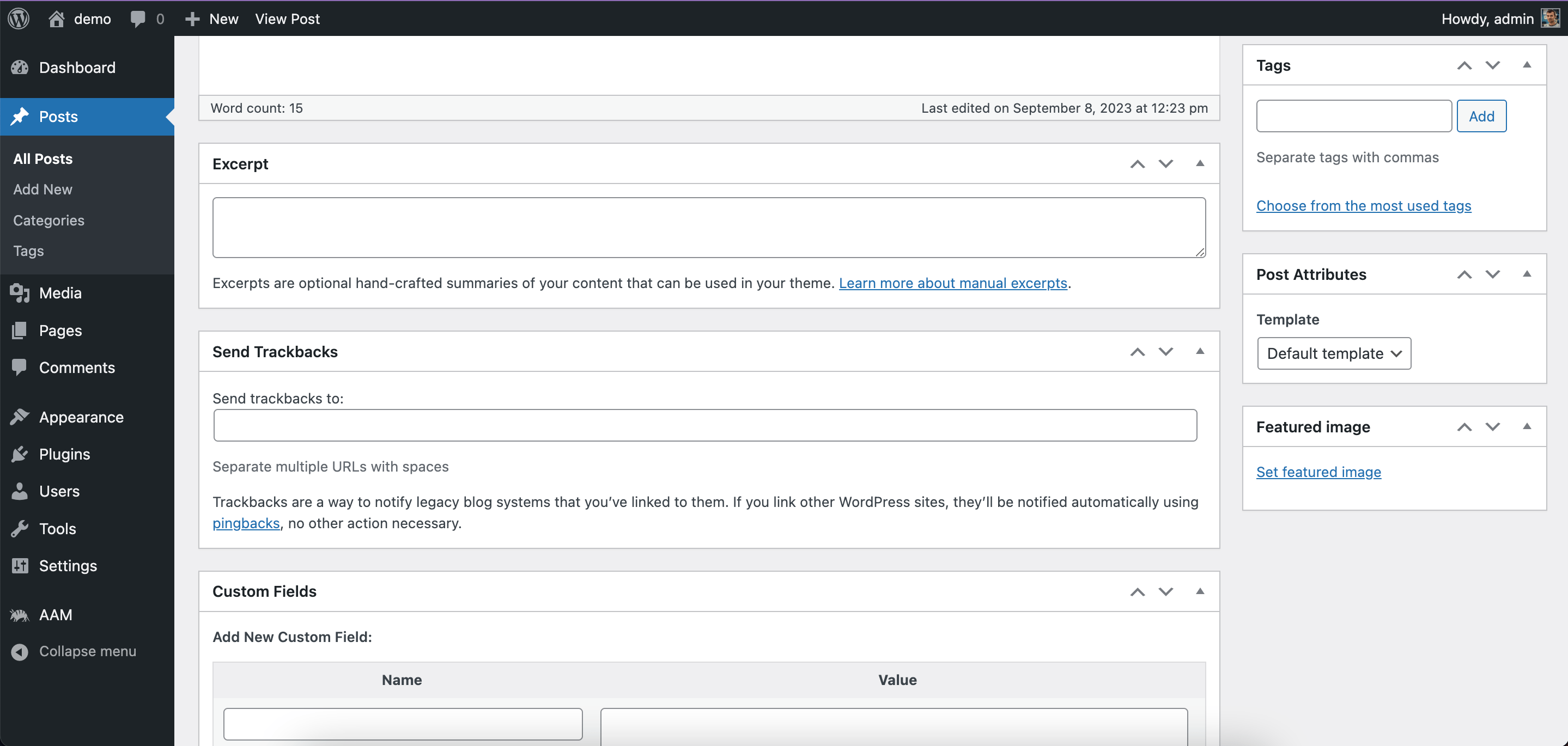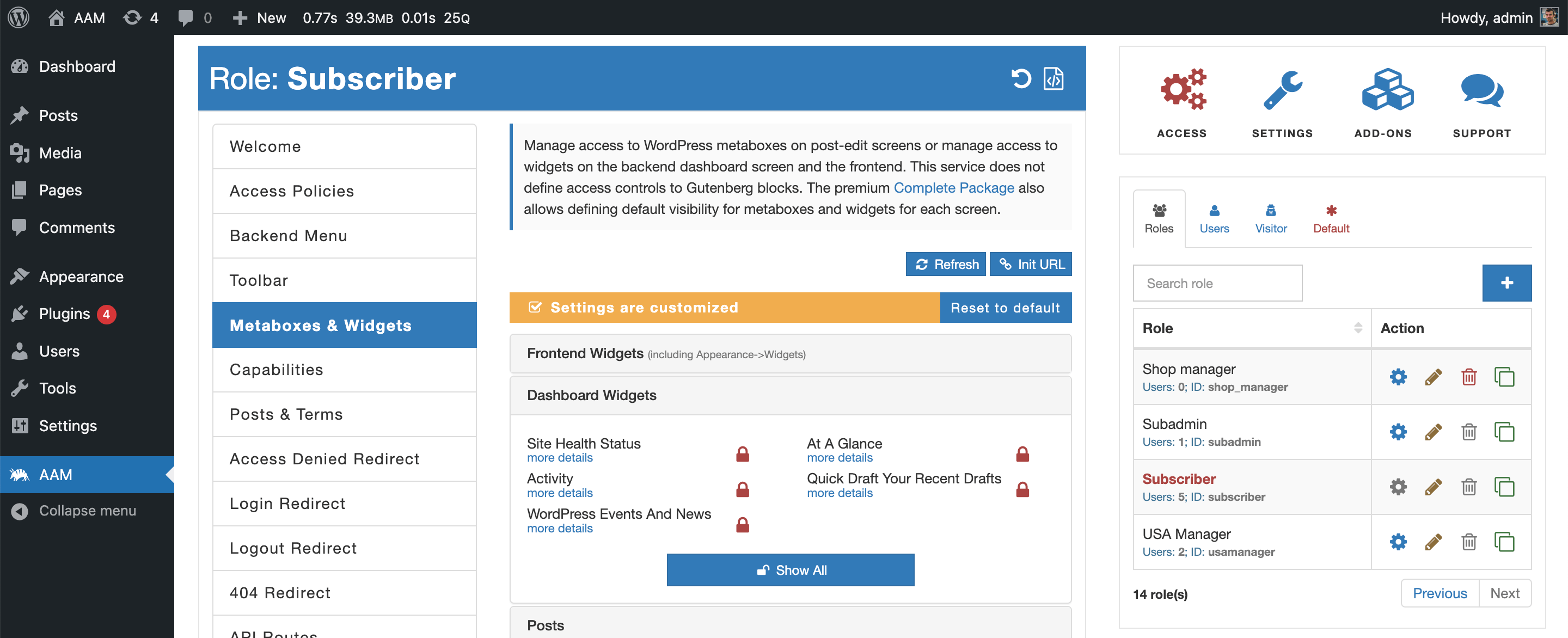Managing Metaboxes & Widgets visibility
WordPress is a versatile and user-friendly platform for website development. Its admin interface is the control center where website owners and administrators manage content, settings, and various aspects of their websites. This admin interface is composed of different pages, internally referred to as "screens." Some of these screens come with widgets and metaboxes to enhance functionality and customization. Understanding the difference between widgets and metaboxes and effectively managing them can significantly improve the user experience and streamline the WordPress admin.
Widgets vs. Metaboxes
In the WordPress admin, screens serve as the primary navigation points for different aspects of website management. These screens can vary widely, but two common types are the dashboard home and the edit page or post screens.
Widgets are components that enhance the dashboard home screen, providing at-a-glance information and shortcuts to essential tasks. They are designed to be displayed on both the frontend and backend sides of a WordPress website. Widgets offer a dynamic way to access critical data and perform quick actions, making the dashboard more user-friendly.

Metaboxes, on the other hand, are typically found on screens like the edit page or post. They are designed to be displayed exclusively on the backend side of a WordPress website, helping users manage content and settings efficiently. Metaboxes are essential for organizing and presenting data within a specific post or page, allowing for precise control over content and layout.

Managing Widgets and Metaboxes
As you customize your WordPress website, you may install various plugins and themes that register additional widgets and metaboxes. While these additions can enhance functionality, it's crucial to keep your admin interface clean and clutter-free. Unnecessary widgets and metaboxes can confuse users and impact their overall experience.
This is where the "Metaboxes & Widgets" service comes into play. It provides a solution to remove unwanted widgets and metaboxes, ensuring that your WordPress admin remains organized and user-friendly.

The benefits
Improved user experience. By removing irrelevant or redundant widgets and metaboxes, you create a cleaner and more intuitive admin interface for users.
Enhanced efficiency. Streamlined screens make it easier for users to access the information and tools they need, reducing the time spent navigating the WordPress admin.
Security and access control. Ensuring that only authorized users have access to specific widgets and metaboxes can enhance the security of your website.
Adaptability. As you activate new plugins or change themes, the Metaboxes & Widgets service allows you to adapt and manage new components seamlessly.
Conclusion
Effective management of widgets and metaboxes is essential for maintaining a user-friendly and organized WordPress admin interface. The "Metaboxes & Widgets" service provides a valuable solution for removing unwanted components, enhancing efficiency, and improving security. By utilizing this service, you can optimize your WordPress admin for both ease of use and functionality.